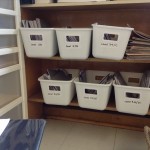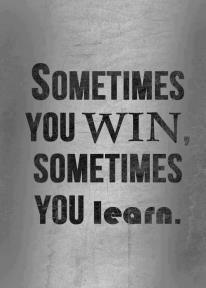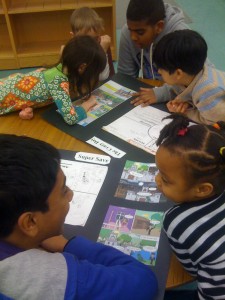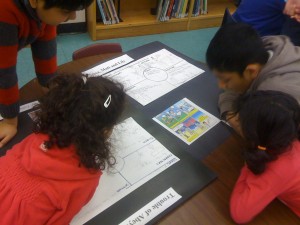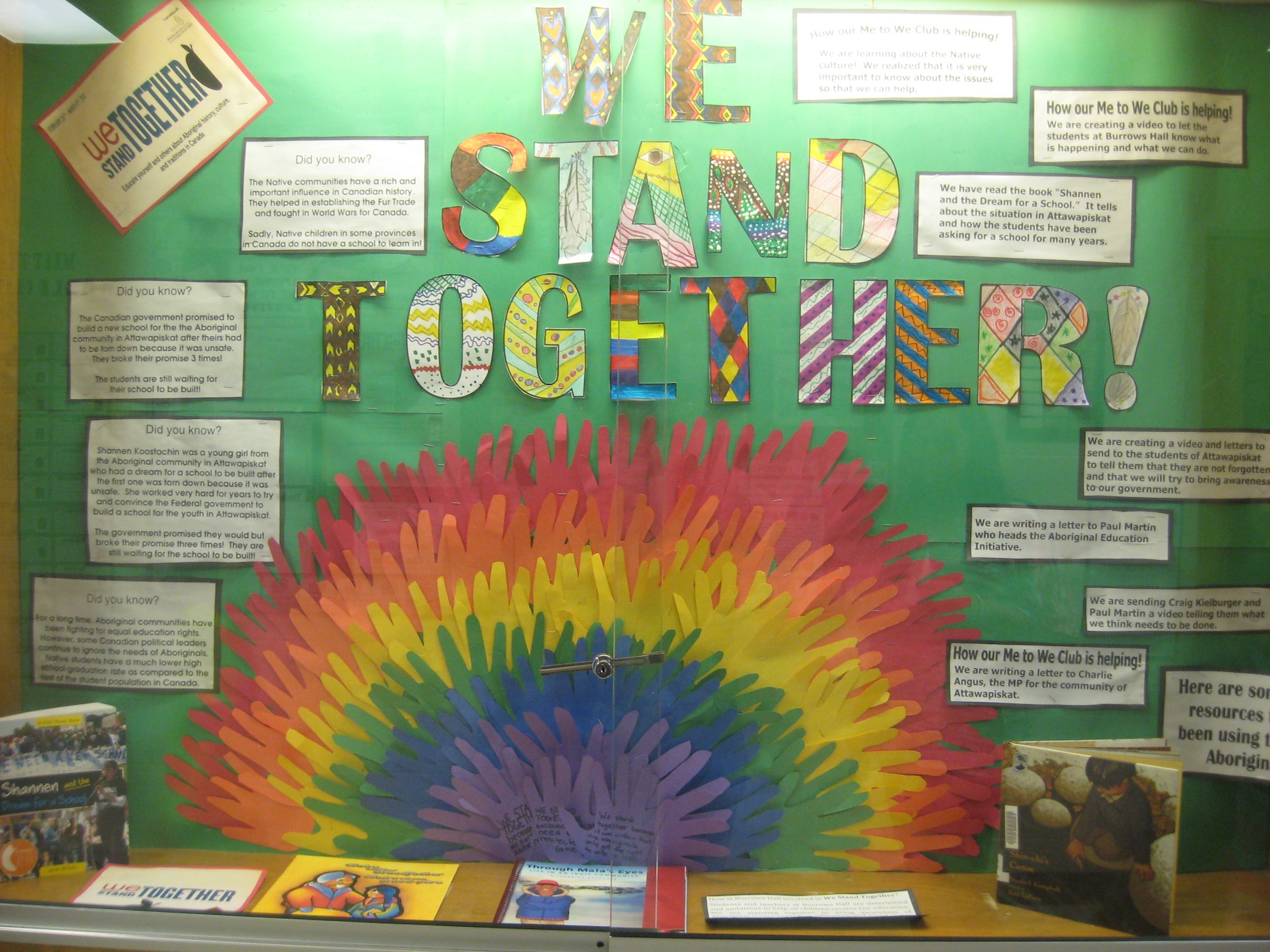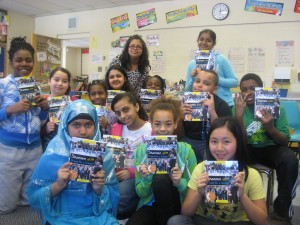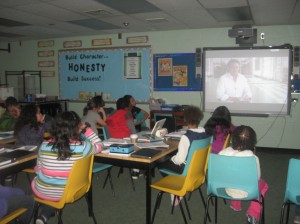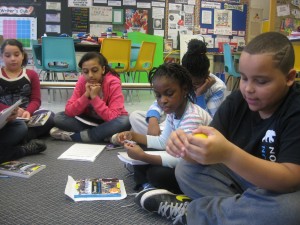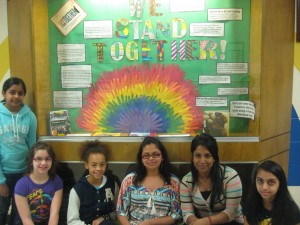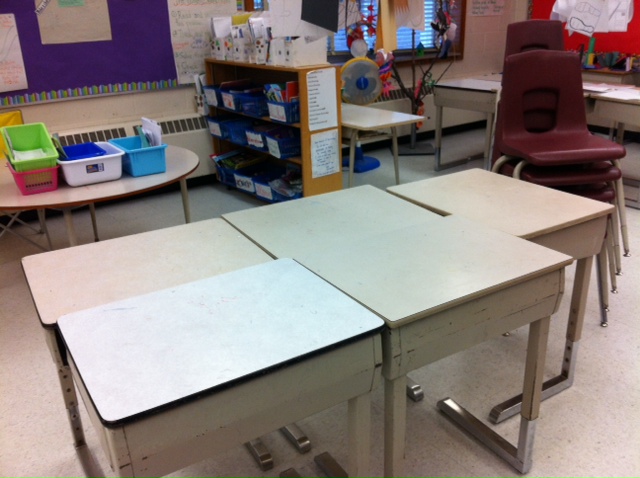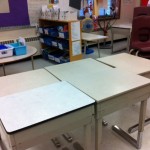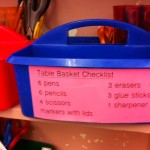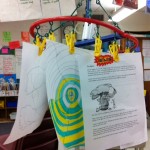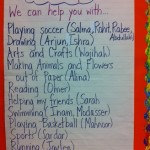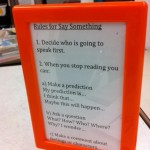Differentiated instruction can be challenging for a teacher, new or ‘not so’ new. There are so many ways we can differentiate our instruction that it can be overwhelming trying to get the “differentiated” ball (or should I say cube?:)) rolling. Where do we start? I suggest that if you are just beginning to explore ways to differentiate your program that you take it one step at a time. For me, I feel that the self directed and open-ended nature of my writing program helps me to differentiate student learning in many ways. Guided reading is another example of how we differentiate content to meet the different interests and readiness of our students. What I need to explore further are ways I can differentiate the learning environment. This has been one of my professional learning goals for this year.
I believe that all students need experiences to work independently and collaboratively regardless of their learning preference. However, in order for students to be successful, we must provide for their learning needs by giving them the structure and opportunity to demonstrate their knowledge and skills in ways that best suit them.
Over the winter break I purchased a dozen privacy panels for my third grade classroom. They were not too expensive… about twenty dollars. When we returned from the holidays I introduced the panels to the students. Everyone liked the idea of the panels and wanted to use them ALL the time. At first, it was a distraction. My students sit in groups of 4 and every student in a group wanted to use a panel. I had to explain on more than one occasion that if one or two used a panel in each group then the other students in the group wouldn’t need the panels. There were times when I had to say, “No panels! Get to work!”
By the time we returned from March Break the novelty of the panels finally wore off. Now, whenever the need arises, some students will get up from their groups to get a privacy panel and it doesn’t start a “stampede” for the remaining panels! Students go on with there work indifferent to the colourful cardboard that pops up at different groups throughout the classroom. I am glad that I didn’t give up on the panels. I had patience, well… most of the time, and trusted my intuition and the process. Whenever we introduce something new to the classroom there is usually some excitement and then it just becomes part of the routine.
I have managed to find another way to address the different learning needs in the class. It is interesting to observe which students decide to use the panels and when. Jamie, for example, tends to set up a privacy panel when she is writing a reading response in her journal. Jennifer, on the other hand, needs the panel when we are working on problem solving in math.
It is important for me to create a learning environment where students have as much choice and control of their learning as they can handle at such a young age. When students are working on an independent activity, I encourage students to support each other in their groups. As long as they are using small voices and staying on task, I encourage the collaboration. However, not all students can learn this way. Some students need to limit the distractions in the environment in order to learn. These students may choose to work at a desk away from their group, on the carpet or simply put up a privacy panel. The goal is to teach students to independently decide what learning environment they need in order to be successful in the classroom. Privacy panels are one way we can offer students choice and control of their learning environment.




